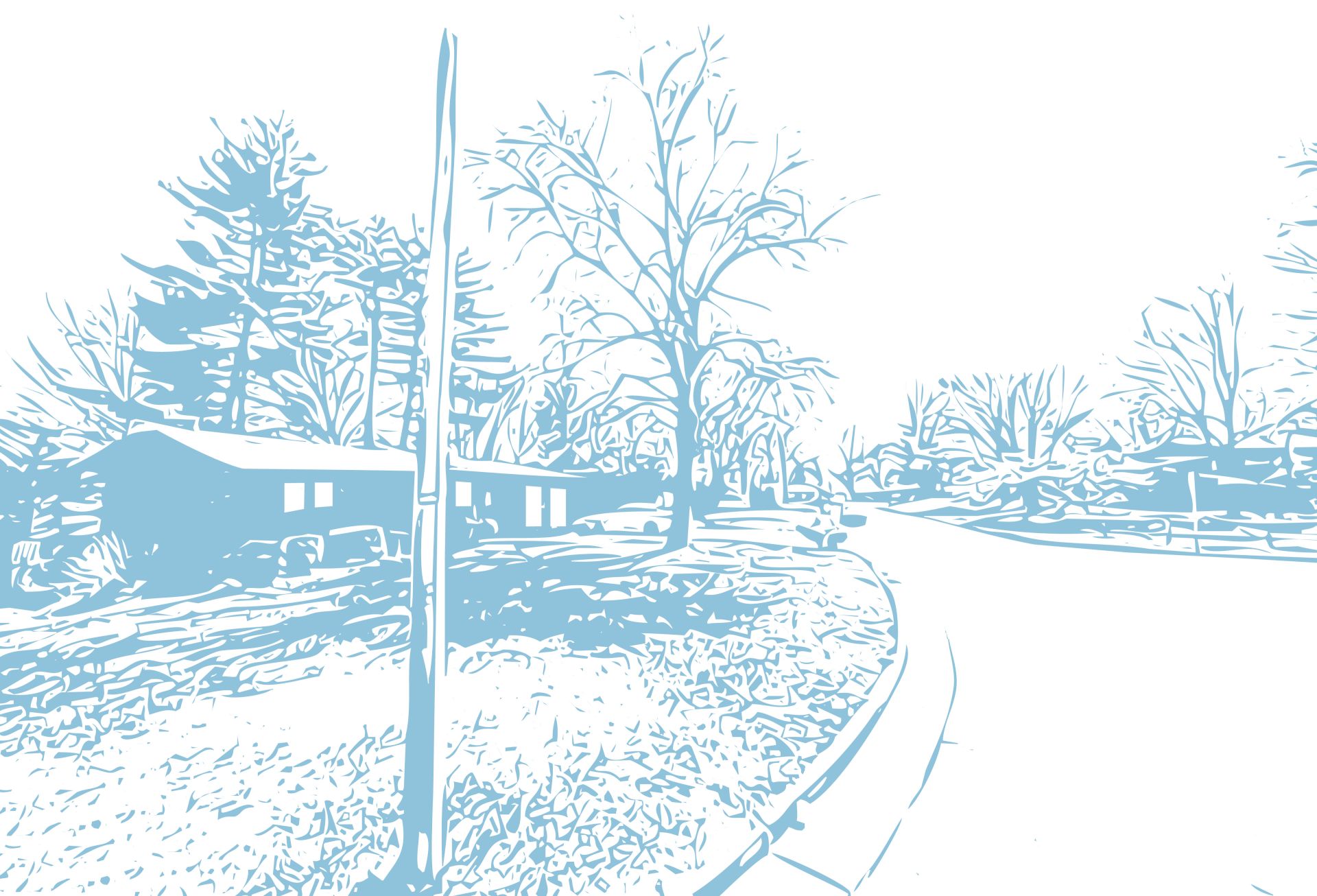Listen to this story
Mike Doskocil digs the earth around a grave in the Father Dickson Cemetery, cups it in his hand and runs back to us: “Does someone have a piece of paper?” he asks, out of breath. I tear a page from my notebook and give it to him. “Thanks, I want to take some of this soil back with me,” he says, pouring the contents of his hand into a folded paper.
The founder, drummer and lead singer of Drunks With Guns runs excitedly from one headstone to another where many Civil War veterans, civil rights leaders and educators are buried, at the African-American graveyard outside Crestwood, Missouri, a suburb of St. Louis. “When I go, I want to be cremated and my ashes scattered right here. Where else makes sense?”
He smiles broadly, revealing silver-capped front teeth. Jamie, his wife of 20 years, looks at me and chuckles. My brother Zaf and I exchange puzzled looks. It’s a sunny November day with a clear blue sky, but the icy Midwest winds cut right through our clothing as they sweep over the granite and marble headstones. Jamie blows into her cupped hands and puts them back into the pockets of a short gray wool coat as her eyes follow the nearly 60-year-old Doskocil reading names and dates off of ancient headstones. Create a free account to continue reading Already a New Lines member? Log in here Create an account to access exclusive content.



